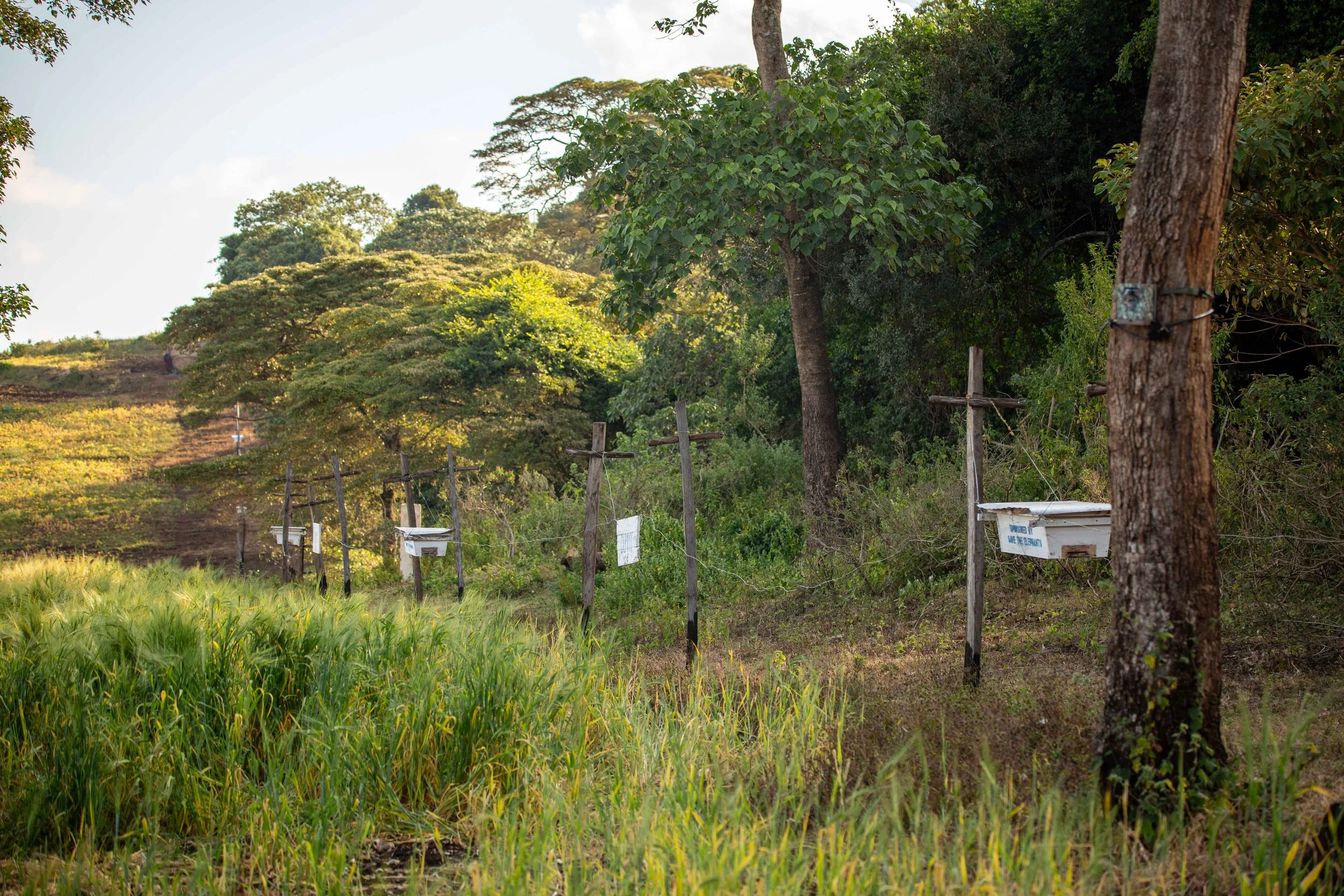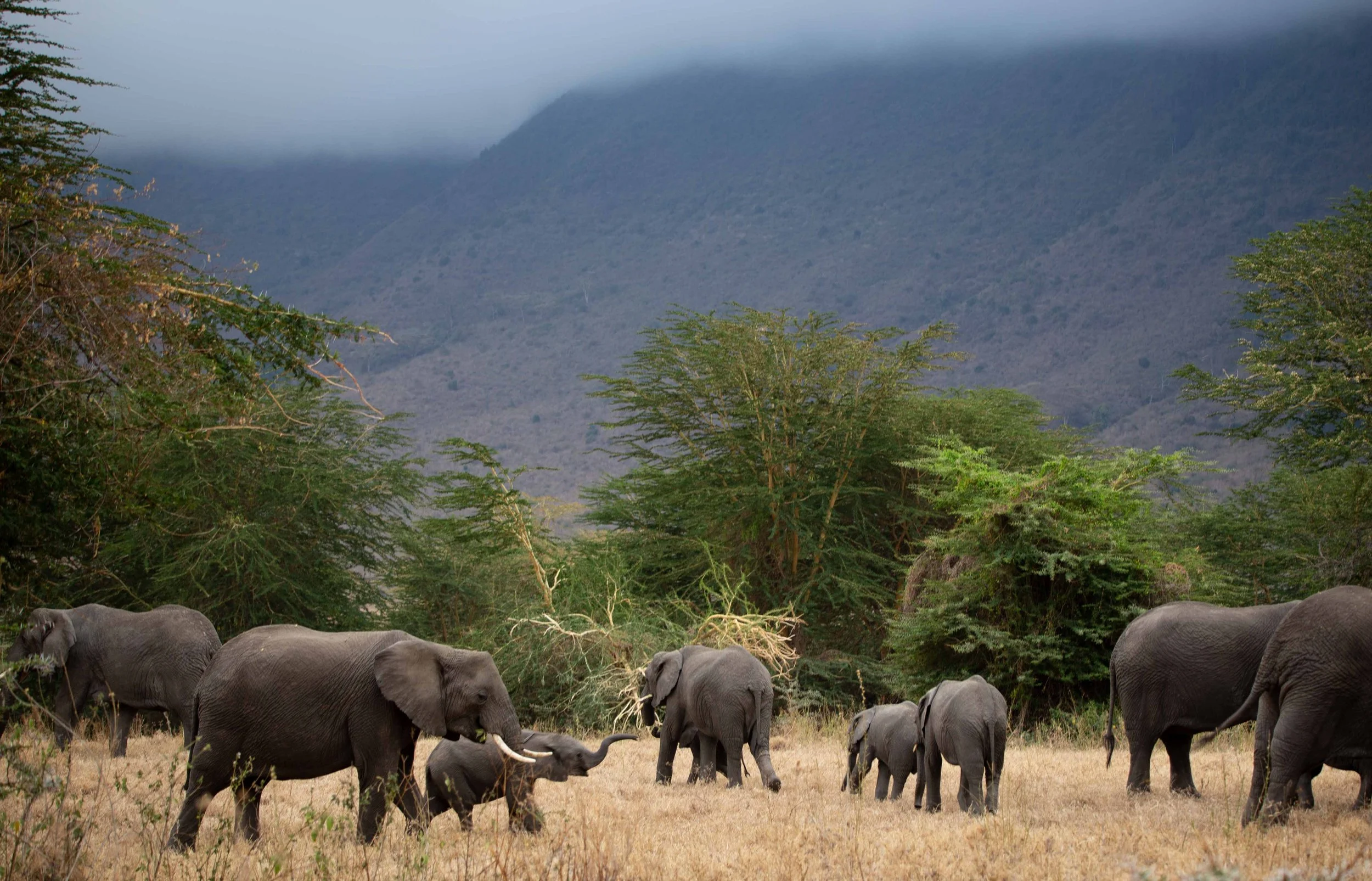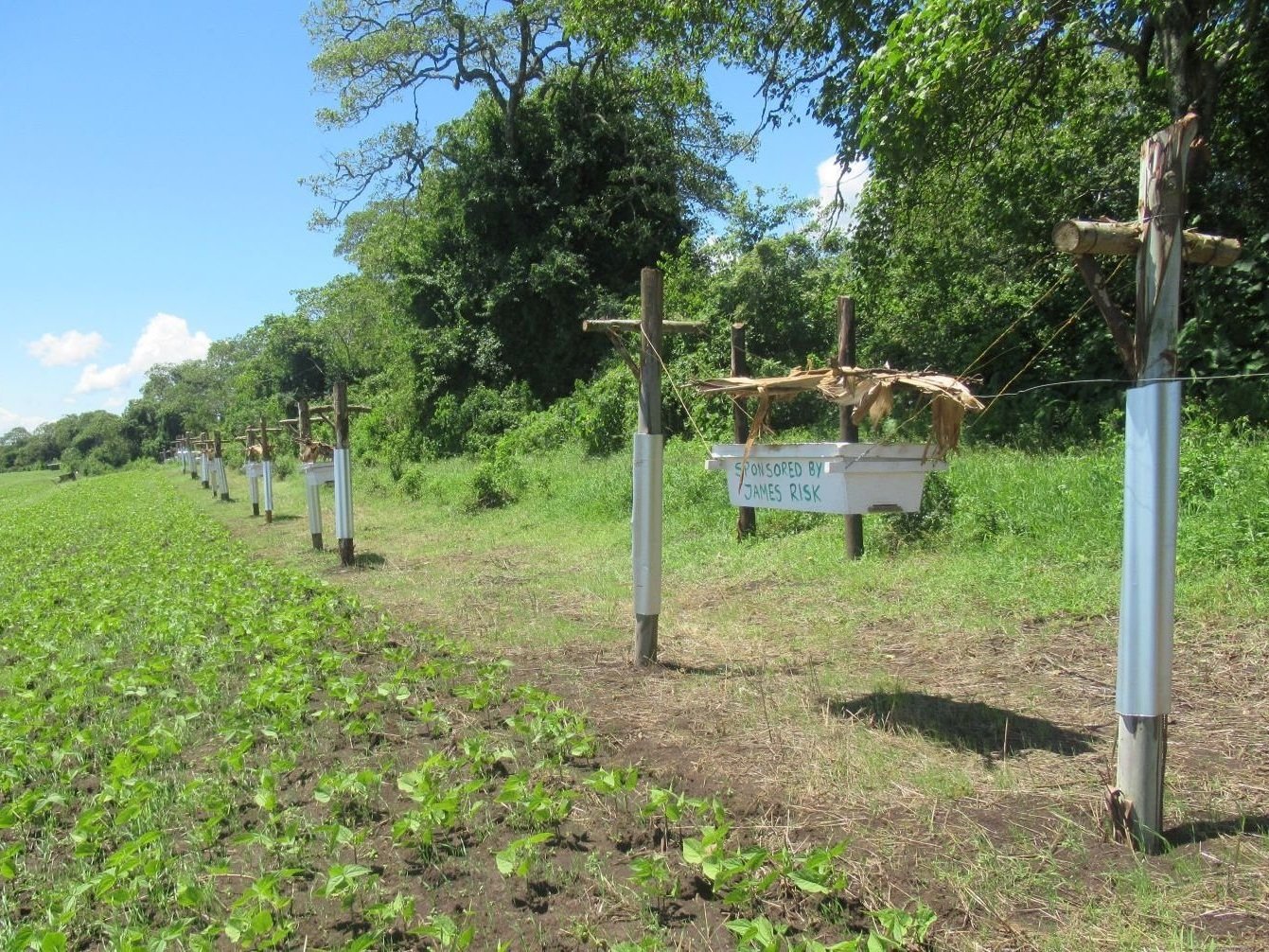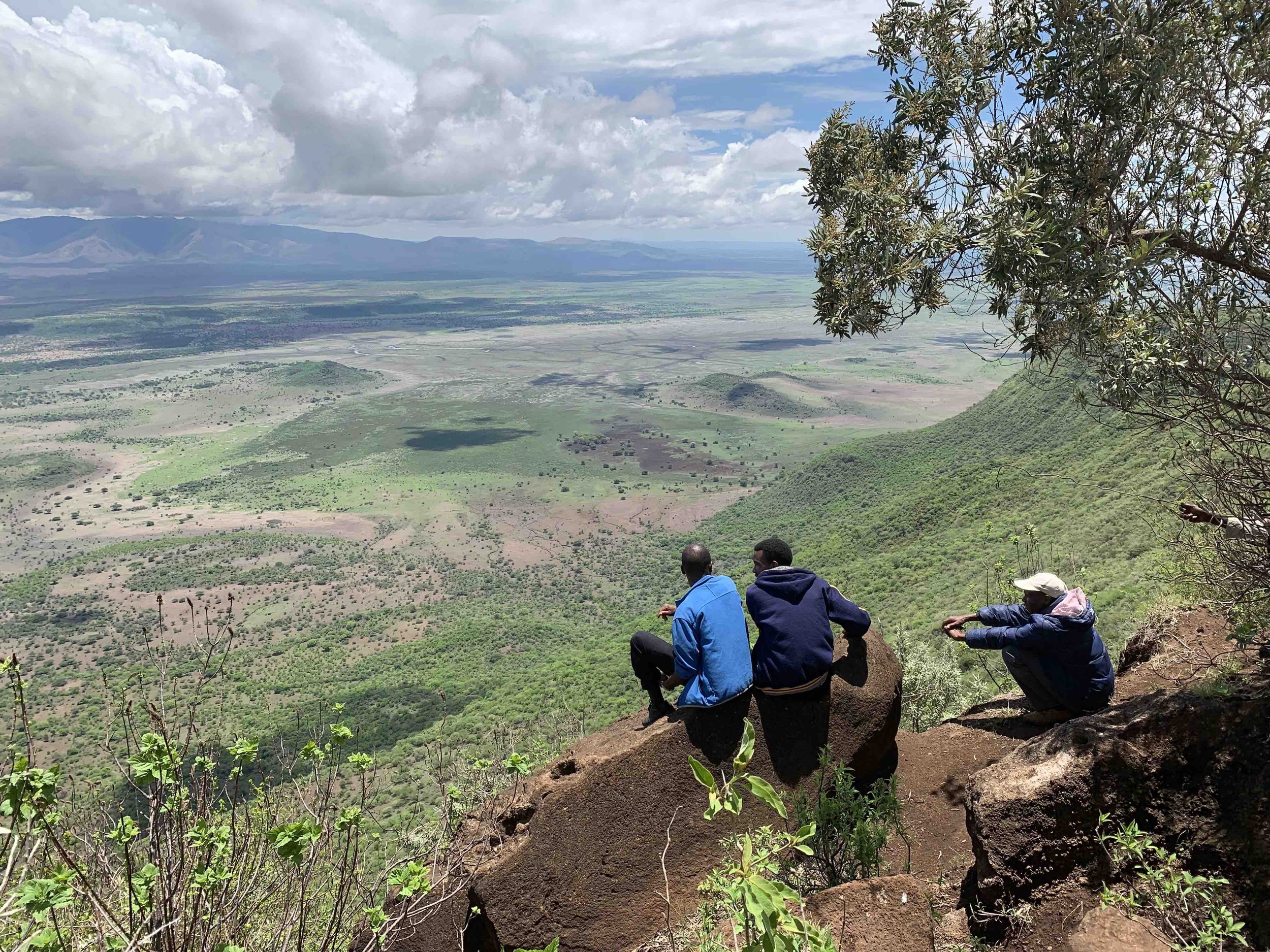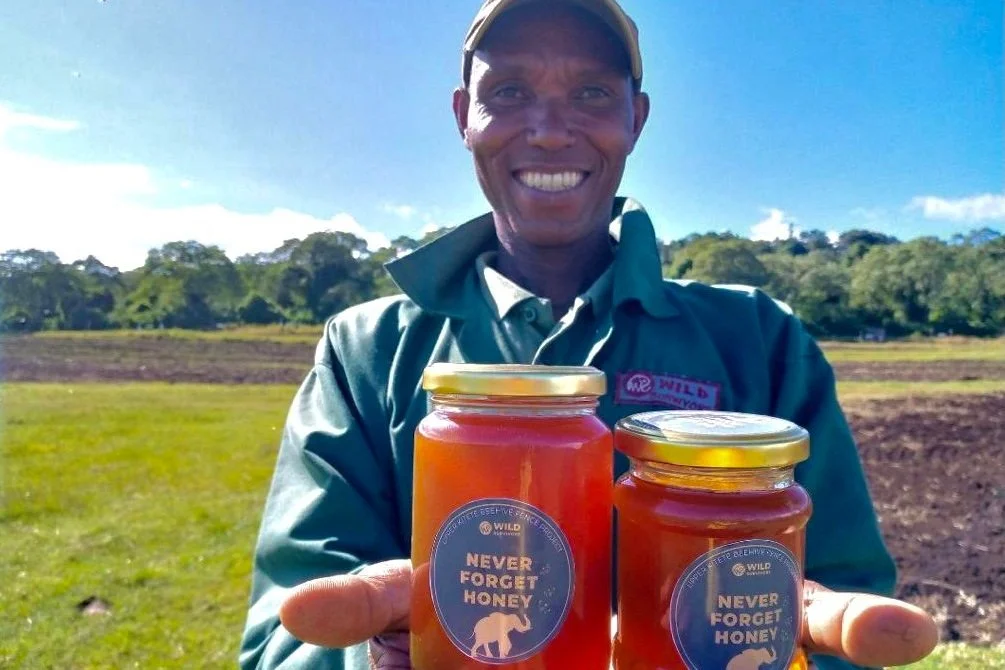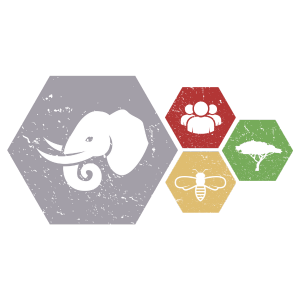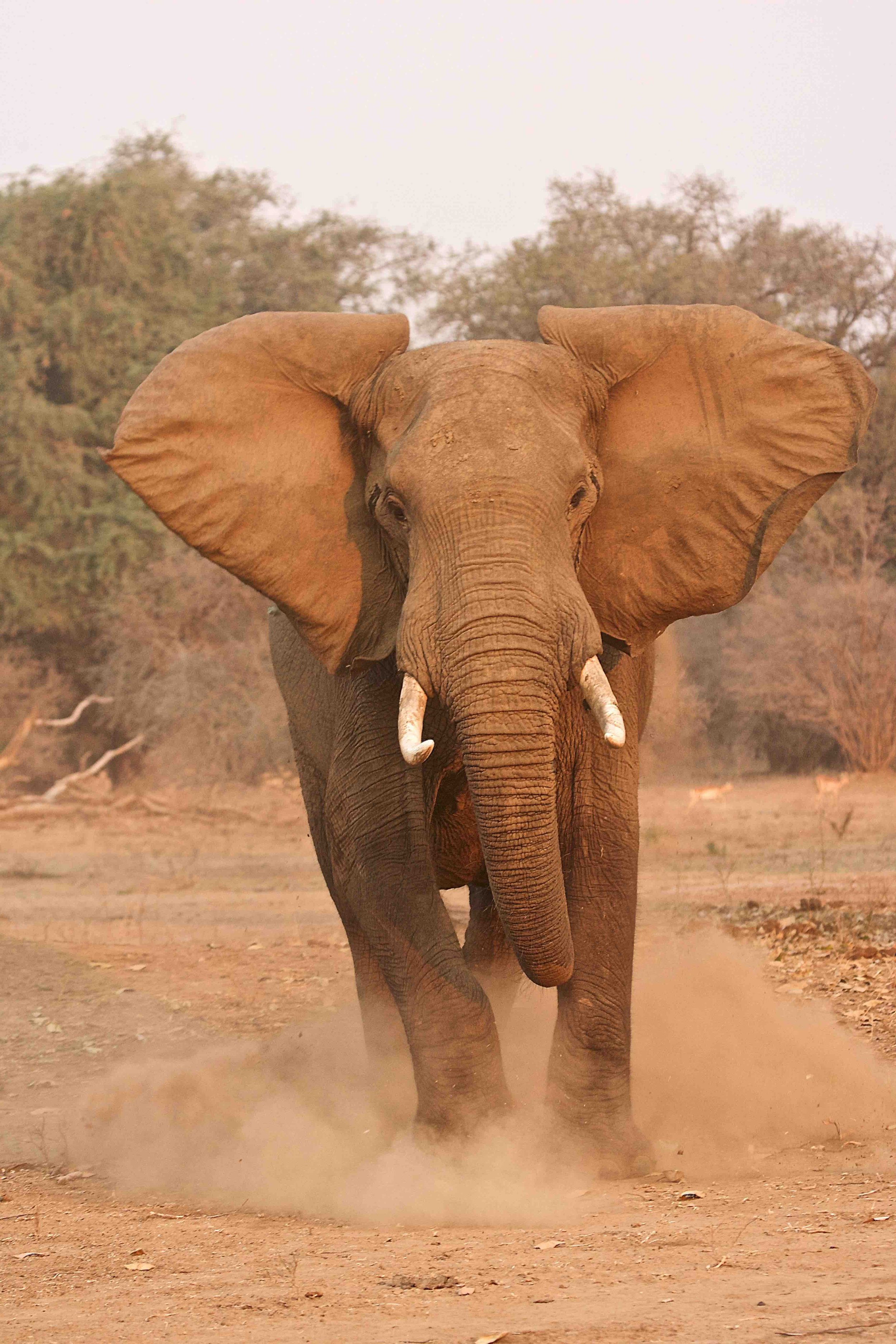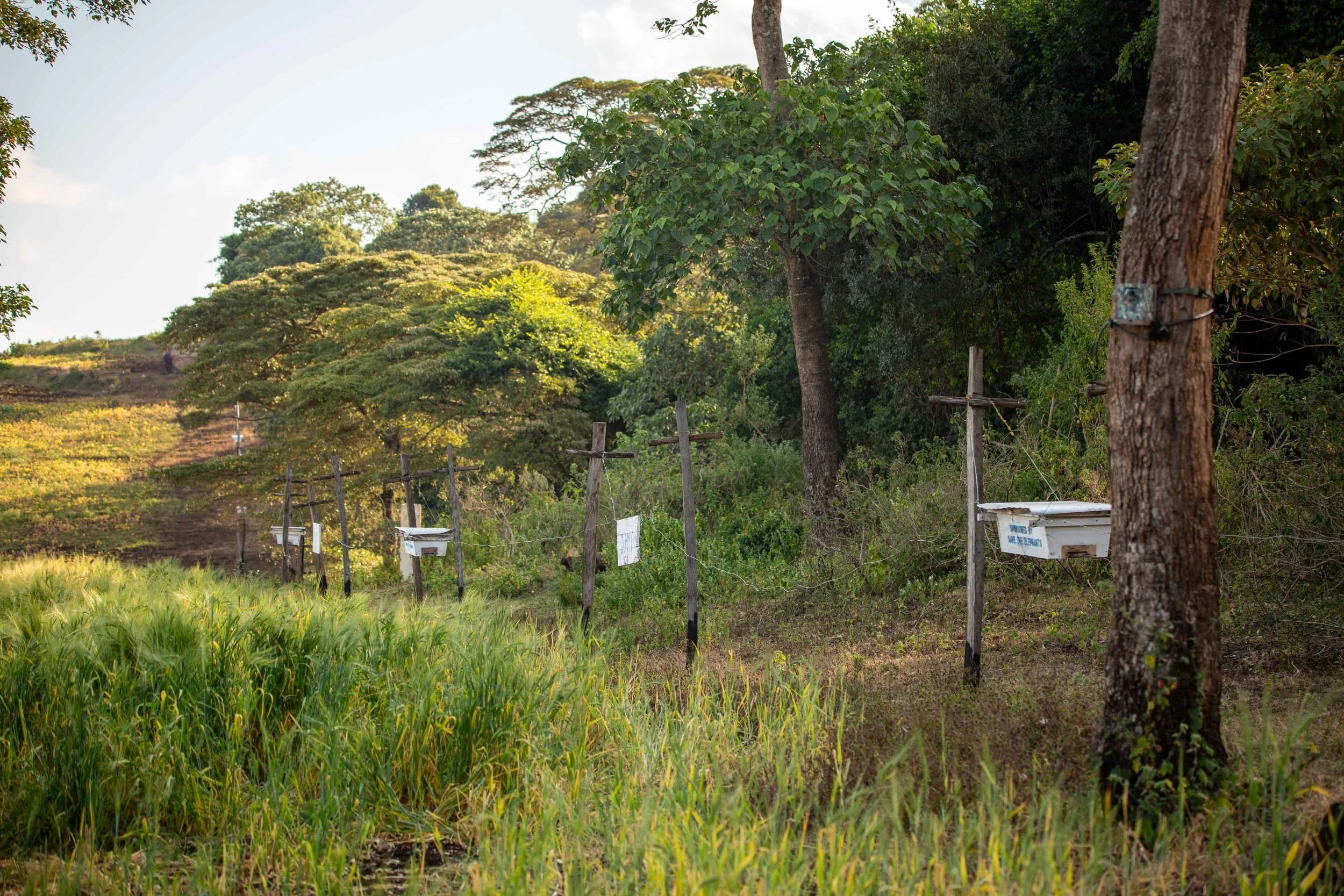
BEEHIVE FENCES

Turning farms from conflict frontlines into places of coexistence.
Beehive fences are one of the most effective natural deterrents to stop elephants from raiding crops. By harnessing elephants’ instinctive avoidance of bees, these fences protect farms while producing honey and wax that benefit local communities.
At Wild Survivors, beehive fences go beyond a line of defence; they are part of our Coexistence Framework, a step-by-step approach that makes mitigation tools work long-term. Careful planning, community ownership, and ecological monitoring are what transform fences from short-term experiments into lasting solutions.
WHERE DO WE DO THIS?
-

NGORONGORO ECOSYSTEM
-

SERENGETI ECOSYSTEM
-

RUKWA-KATAVI ECOSYSTEM

Did you know elephants have a fear of bees?
The simple co-existence technique of suspending beehives along a wire fence plays on the elephant’s innate fear of bees, to deter the herbivores from entering farms. This novel solution was first developed by Dr Lucy King at Save The Elephants. Bees target the thin areas of skin on an elephants; their ears, stomach, inside trunk and around their eyes. When elephants push the fence wire, or attempt to cross into farms, the bees are disturbed and will rush out to protect their hive and queen. When realising bees are present, elephants quickly retreat back into the forest. It works.
How it works
Passive deterrent: Unlike confrontational methods that place people in danger, beehive fences are non-aggressive. Elephants make their own decision to turn away, based on their natural fear of bee stings.
Community-owned: Farmers manage the fences directly, with clear protocols for maintenance, inspections, and hive care.
Evidence-based: Occupancy rates of 60–70% consistently deliver the strongest deterrent effect.
Carefully planned: Fences are mapped along farm boundaries and elephant entry routes, designed to guide herds safely away from crops and back towards open corridors.
Cost-effective: Farmers report up to a 49% reduction in household expenditure on torches, guards, and fuel once fences are in place.
Adaptive: We monitor elephant behaviour and crop yields continuously, learning how herds respond and adjusting fences over time.
Beehive Fences in the Coexistence Framework
Beehive fences are one of several tools in the Wild Survivors Coexistence Framework. Their success depends on how they are planned, installed, and managed — always rooted in local leadership, backed by data, and supported by training.
By linking deterrents with sustainable livelihoods, biodiversity monitoring, and corridor protection, we make beehive fences part of a scalable, adaptable model for human–elephant coexistence.
Through the years
Our Journey with Beehive Fences
2018 Upper Kitete, Ngorongoro
In 2018, we began a 4.25 km fence in Upper Kitete, completed in 2022. Conflict dropped by 91%, and with hive occupancy above 70%, the fence has remained effective for six years. Maintained by farmers and supported by NARI Women’s Enterprise, who have processed and sold over 420kg of honey. It is now a flagship model for coexistence.
2023 Kitete, Ngorongoro
In 2023, a 3.5 km fence was built protecting all frontline farms. Within the first year, crop-raiding fell by 61.5%, hive occupancy rose from 29% to 49%, and two harvests produced 142 kg of honey. Elephants now pause and withdraw more often when approaching the fence.
2024-2025 Rukwa–Katavi Ecosystem
Between 2024–25, two 1.5 km fences (Kibaoni, Kashela) and a 2 km fence (Situbwike) were installed. Early data shows 40–63% reductions in crop-raiding as hive occupancy builds, already shifting elephant movement in this critical ecosystem.
2024-2025 Mbilikili and Biasarara, Serengeti
Serengeti Mbilikili and Biasarara, on the north-west Serengeti boundary, face some of the highest conflict of our sites. After chilli fence trials, farmers advanced with beehive fences as a permanent deterrent. In 2024, a 1 km fence (Mbilikili) and 2 km fence (Biasarara) were installed, extended to 3 km each in 2025. Occupancy is increasing, with conflict data to be published later this year.

For many years I had to fill my tractor with diesel every night, ready to drive away elephants, especially when crops were maturing. Since the beehive fence reached my farm, I stopped driving my tractor at night.
I now only hear the elephants making noise in the forest, which is a huge relief to me and my family.”
Farmer Zacharia
Impact on People and Elephants
Farmers gain food security, higher yields, and reduced costs.
Honey and wax production provide new income streams, with some profits reinvested into fence upkeep.
Women’s groups add resilience by managing apiaries, running enterprises, and mentoring others — creating a ripple effect across villages.
Elephants avoid farms and follow safer routes, reducing dangerous clashes with people.
OUR PROJECTS IN ACTION
